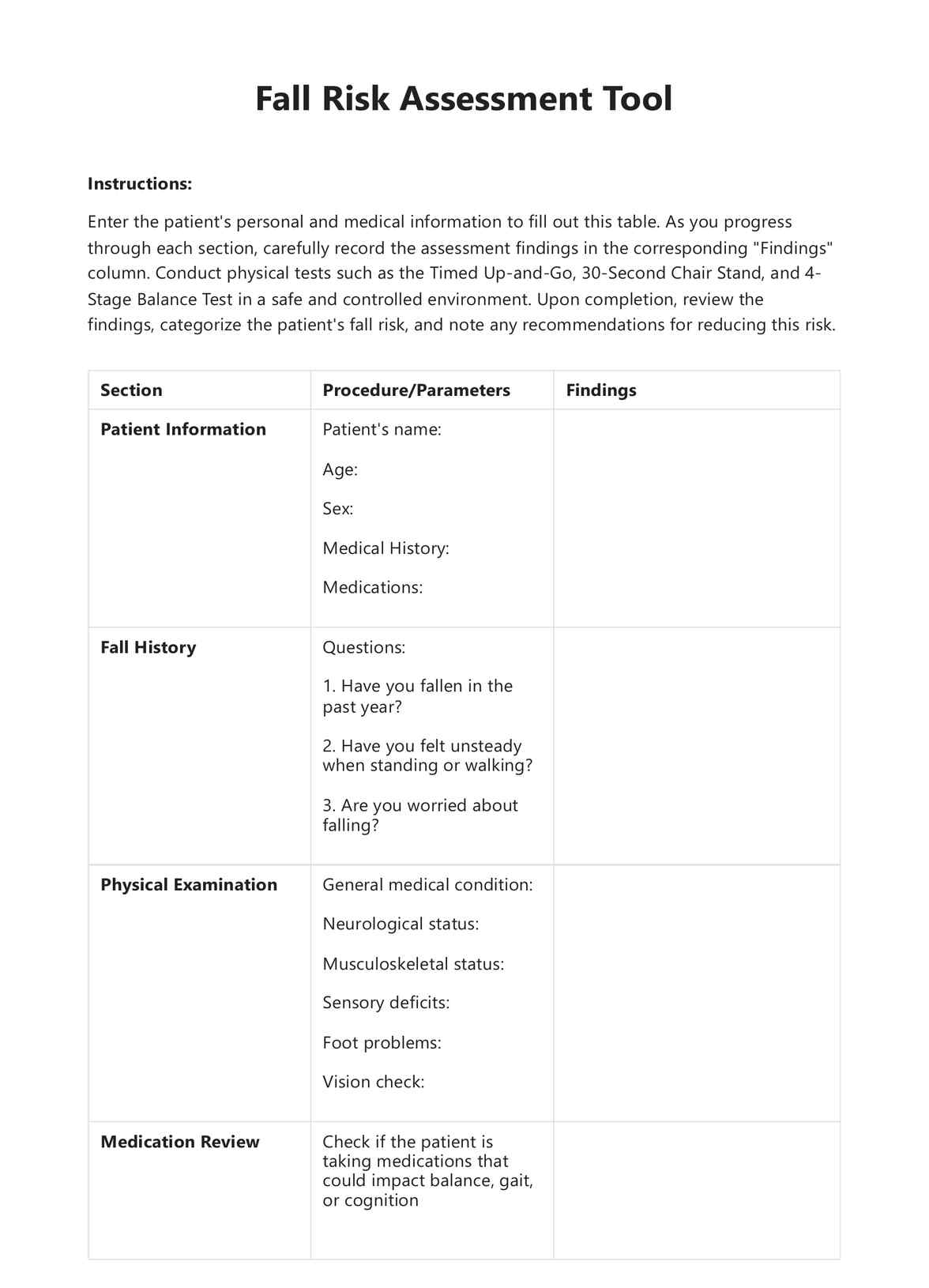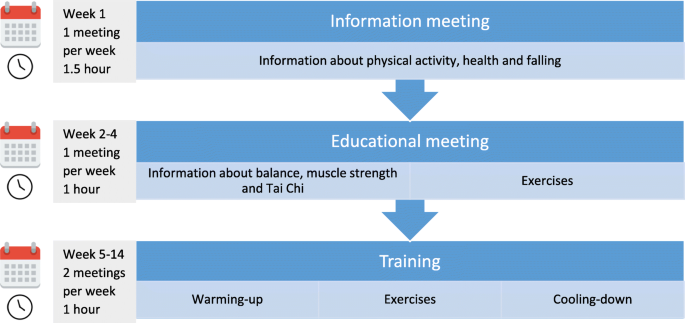The Greatest Guide To Dementia Fall Risk
The Greatest Guide To Dementia Fall Risk
Blog Article
Facts About Dementia Fall Risk Uncovered
Table of ContentsThe Best Strategy To Use For Dementia Fall RiskTop Guidelines Of Dementia Fall RiskThe Buzz on Dementia Fall RiskNot known Facts About Dementia Fall Risk
A loss risk evaluation checks to see just how likely it is that you will certainly fall. The evaluation generally consists of: This includes a series of inquiries about your general wellness and if you've had previous falls or troubles with balance, standing, and/or strolling.Interventions are recommendations that may reduce your risk of falling. STEADI includes three steps: you for your threat of dropping for your threat factors that can be improved to attempt to prevent drops (for instance, equilibrium troubles, damaged vision) to lower your danger of dropping by using effective techniques (for example, providing education and learning and sources), you may be asked numerous concerns including: Have you fallen in the previous year? Are you worried regarding dropping?
If it takes you 12 secs or even more, it may suggest you are at greater risk for a loss. This examination checks strength and equilibrium.
Move one foot midway forward, so the instep is touching the huge toe of your various other foot. Relocate one foot fully in front of the other, so the toes are touching the heel of your various other foot.
See This Report about Dementia Fall Risk
Most falls take place as a result of multiple contributing aspects; therefore, handling the danger of dropping starts with recognizing the factors that contribute to fall risk - Dementia Fall Risk. A few of the most appropriate danger aspects include: History of prior fallsChronic medical conditionsAcute illnessImpaired stride and equilibrium, lower extremity weaknessCognitive impairmentChanges in visionCertain high-risk medications and polypharmacyEnvironmental elements can also enhance the danger for falls, consisting of: Inadequate lightingUneven or damaged flooringWet or unsafe floorsMissing or harmed hand rails and order barsDamaged or poorly equipped tools, such as beds, mobility devices, or walkersImproper usage of assistive devicesInadequate guidance of the people staying in the NF, including those that display hostile behaviorsA successful autumn danger administration program needs a comprehensive scientific evaluation, with input from all members of the interdisciplinary group

The care strategy need to additionally consist of treatments that are system-based, such as those that promote a safe environment (appropriate lights, hand rails, get hold of bars, etc). The performance of the treatments must be examined regularly, and the care strategy modified as necessary to mirror adjustments in the autumn risk analysis. Carrying out an autumn risk monitoring system making use of evidence-based best technique can decrease the prevalence of drops in the NF, while limiting the possibility for fall-related injuries.
Indicators on Dementia Fall Risk You Need To Know
The AGS/BGS standard recommends evaluating all adults matured 65 years and older for fall danger yearly. This testing consists of asking people whether they have fallen 2 or even more times in the previous year or sought medical focus for a fall, or, if they have not fallen, whether they feel unsteady when strolling.
Individuals who have dropped as soon as without injury ought to have their equilibrium and stride examined; those with stride or equilibrium problems ought to get added assessment. A history of 1 fall without injury and without stride or equilibrium troubles does not warrant additional analysis past ongoing annual fall risk screening. Dementia Fall Risk. An autumn threat assessment is called for as part of the Welcome to Medicare evaluation

The Ultimate Guide To Dementia Fall Risk
Documenting a drops history is one of the high quality signs for fall prevention and management. copyright medicines in certain are independent predictors of drops.
Postural hypotension can typically be alleviated by reducing the dosage of blood pressurelowering drugs and/or stopping drugs that have orthostatic hypotension as a negative effects. Use above-the-knee support pipe and copulating the head of the bed boosted may additionally lower postural reductions in blood stress. The recommended elements of a fall-focused physical exam are shown in Box 1.

A Pull time better than or equivalent to 12 seconds recommends high autumn threat. Being view it now incapable to stand up from a chair of knee height without using one's arms shows raised loss danger.
Report this page